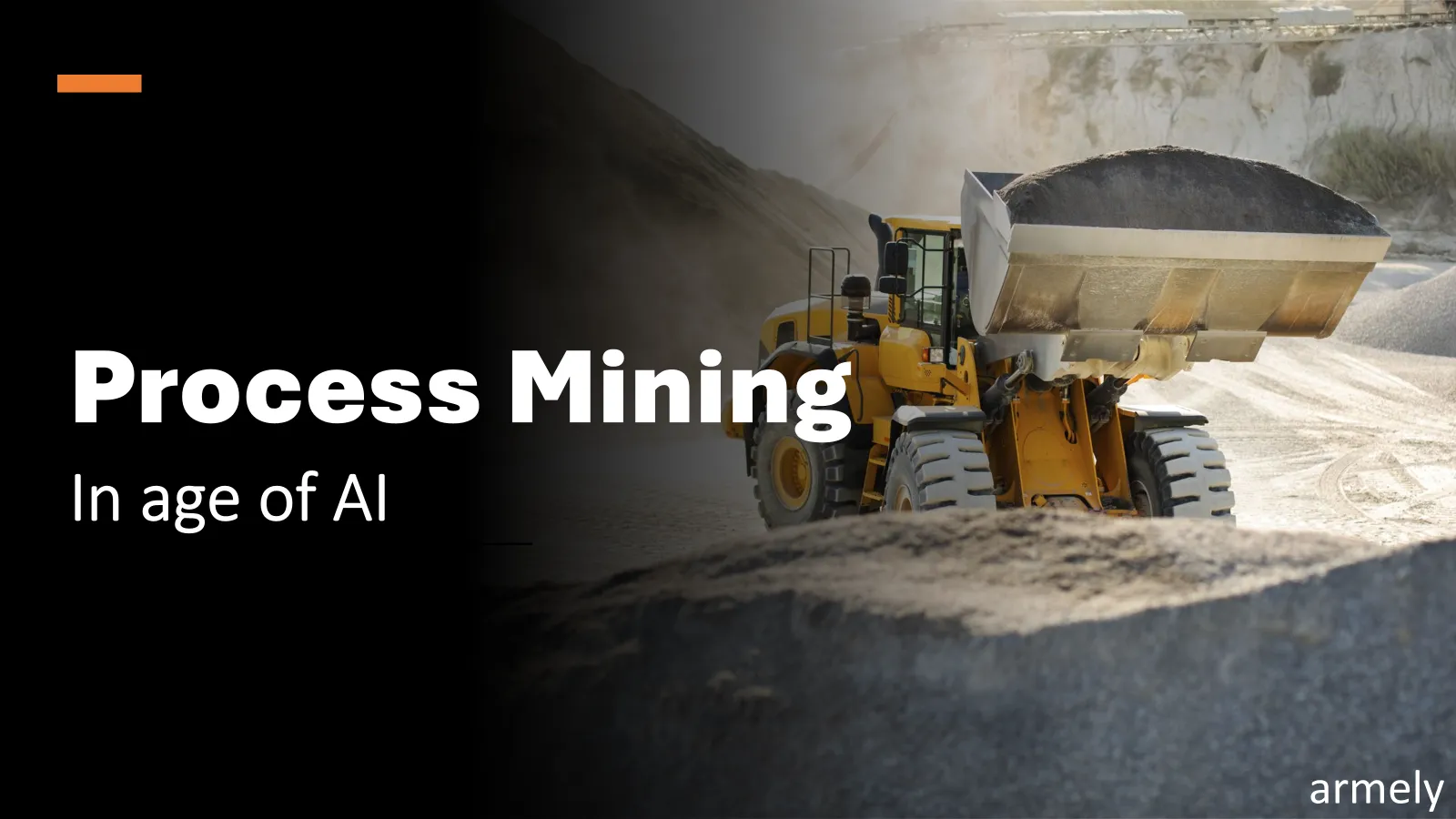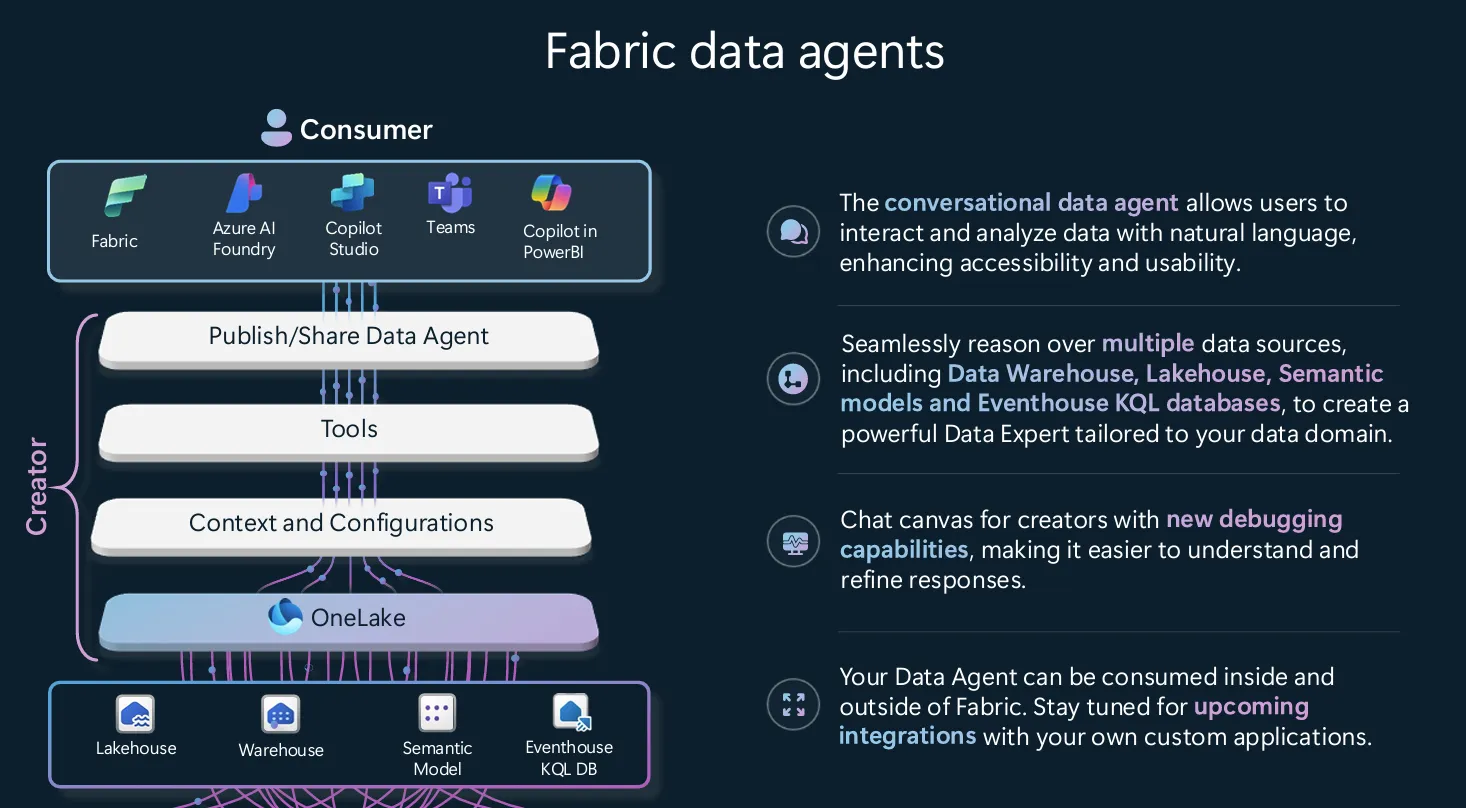
How we are Revolutionizing Invoice Processing for our customers using Process Mining and AI Agents
- October 28th, 2025
- 233 Views

I’ve spent years living in the Microsoft ecosystem. Power BI, Azure Synapse (back in the day), now Microsoft Fabric, and well I’ve ridden each wave of innovation and seen how every release redefines what’s possible with data.
But recently, something felt different.
Kind of a shift. So the day I tested my first Fabric Data Agent, I realized Microsoft wasn’t just giving us new buttons to click. They were rewriting the relationship between Copilots, data governance, and the modern enterprise stack.
When Copilots Weren’t Enough
We all got used to Copilots embedded in our apps — PowerPoint drafting slides, Power BI helping with DAX, Teams summarizing meetings. Don’t get me wrong: that’s powerful.
But what happens when the question you’re asking doesn’t live neatly inside one app?
That’s not a “copilot moment.” That’s a data moment. And this is where Fabric Data Agents step in.
When I created my first agent in Fabric, I pointed it to our OneLake Warehouse and a clean semantic model. I gave it a simple role description: “Be a procurement analyst. Answer questions about vendor spend, contract compliance, and budget variance.”
From there, the experience was night-and-day:
Each time, I wasn’t just “chatting with AI.” I was conversing with our governed data. That distinction matters.
Why This is a Big Deal for Microsoft’s Ecosystem
Here’s what I see as the breakthrough:
Where the Agent Actually Shows Up (The End Products)
One thing I’ve learned is this: building a Fabric Data Agent is only half the story. The real magic happens when you place it in the tools people already live in every day.
Why This Matters for the Enterprise
When people open Teams, they don’t care whether the answer came from a dashboard, a SQL query, or an AI model. They just want trustworthy answers in the flow of work.
That’s the promise of Fabric Data Agents. They carry your enterprise governance (RLS/CLS) wherever they go in Teams, Power BI, Copilot Studio, or Azure AI Foundry. And that makes them not just another AI toy, but a reliable end product that people can actually use to get work done.
Looking Ahead
Right now, Fabric Data Agents are still in preview for Copilot Studio and Azure AI Foundry. We’ll see the APIs stabilize, the UX get smoother, and new governance hooks appear. But even today, the direction is obvious:
Fabric isn’t just a platform for storing and visualizing data. It’s becoming the conversation layer for enterprise AI.
And if you ask me, that’s the perfect moment for Microsoft professionals to step up. Not just to use the tools, but to shape how organizations adopt them responsibly.
Final Word
When people ask me why I’m so excited about Fabric Data Agents, I tell them this:
Because for the first time, I don’t feel like I’m bending my business questions to fit the shape of a dashboard. Instead, my data bends itself to fit the shape of my questions securely, transparently, and in the Microsoft products I already trust.
And that, to me, is the future worth writing about.